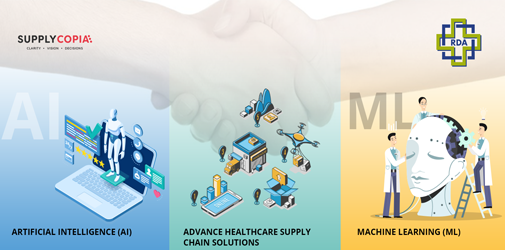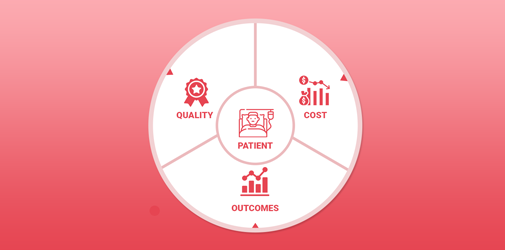ASHOK MUTTIN | DECEMBER 23, 2020
Is It The End Of The Road For ERP
(As We Know It)?
For those of us who are familiar with Enterprise resource planning (ERP) deployments, this question comes up once every 5-7 years. Mainly used to streamline manufacturing processes, these giant systems offered a so-called integrated suite of applications covering everything under the sun (yes, cradle to grave was the Mantra). These systems, over a period of time, made their way into other industry verticals as well (do you want to customize a manufacturing system to Healthcare? sure no problem!). Most implementations involved a multi-year period costing anywhere from $20M to $400M, followed by a 5-year contract for maintenance and support which ranged from 20-30% of the cost of the implementation.
Most chief information officers (CIO) wore the successful implementation as a badge of honor and those that failed were put out to pasture! Irrespective of the outcome, there was not a single decision-maker who came out of these multi-year deployments without a few scars on their backs (which lasted all through their professional careers).
There were a few very famous flameouts such as:
Hershey’s implementation of SAP in 1998 failed to deliver an estimated $100M worth of candies to kids at the 1999 Halloween and the stock took an 8% hit. They “just could not do it”, yes, I am referring to the famous Nike. They lost $100M in revenues, the stock dipped 20% and a bunch of lawsuits followed.
No one was spared!! HP, arguably one of the best-known technology companies was a victim of the ERP implementation with more than $160M of order backlogs and lost revenues.
. (The electronic medical records (EMR)and health records (EHR) implementation in healthcare eerily sound similar to ERP implementations with the same consequences but more on that another day).
The reason why a small percentage of the implementations
were successful and others a disaster varies depending on who you speak to and when. So, what’s changed this time around?
1. Fundamental shifts in the business models: There are many industries that are being disrupted by asset-light companies (Uber, Airbnb, Netflix, etc) These companies born in the last 7-10 years operate on entirely different models and are the least likely candidates for an ERP implementation. Healthcare is a prime example of this dramatic change where current ERP systems fall short of the requirements.
2. Inflexible, expensive to maintain, and mere data storage: It’s a catch 22 for most companies that have invested heavily in these systems. On the one hand, these systems don’t lend themselves to changing dynamics and are reduced to mere data storage systems ( almost always supplemented by third-party bolt-on tools). In a world where “pay by the drink”, “ On-demand” has become the norm, continued maintenance and support costs of ERP systems suck valuable dollars from innovative programs
3. Cloud, open-source, cheap data processing: With the popularity of open source technologies like Odoo (www.odoo.com), Human API (www.humanapi.com), and others, it is cheaper to develop applications, faster to deploy them, and definitely, you don’t need to rob the banks to support them. Odoo claims to have 5400 active developers contributing code to their platform and global companies like Toyota, Hyundai, Cox, Danone use their platforms
4. Data, Analytics, and Predictive Intelligence: There is a general consensus that “data” is the new oil for the engine. If that were to be true then this “oil” is buried in enterprise silos and needs to be extracted and made analyzable. Definitely not a strong point of any ERP.
5. Vanishing talent: Most of the people who developed these systems are in their late 40’s or 50’s (some are dead!) and I am not sure how many of the new crop of software engineers are excited to enhance these monolithic systems. This situation is very scary in healthcare industries where resistance to change, mindset (we have always done it this way!), compliance add to the complexity of an inflexible system. Unless and until organizations are willing to take the risk and disrupt themselves, they open to be being DISRUPTED!
Disclaimer: This author has no personal interest in either
Odoo or Human API.
More from SupplyCopia



 ALL Solutions
ALL Solutions 
